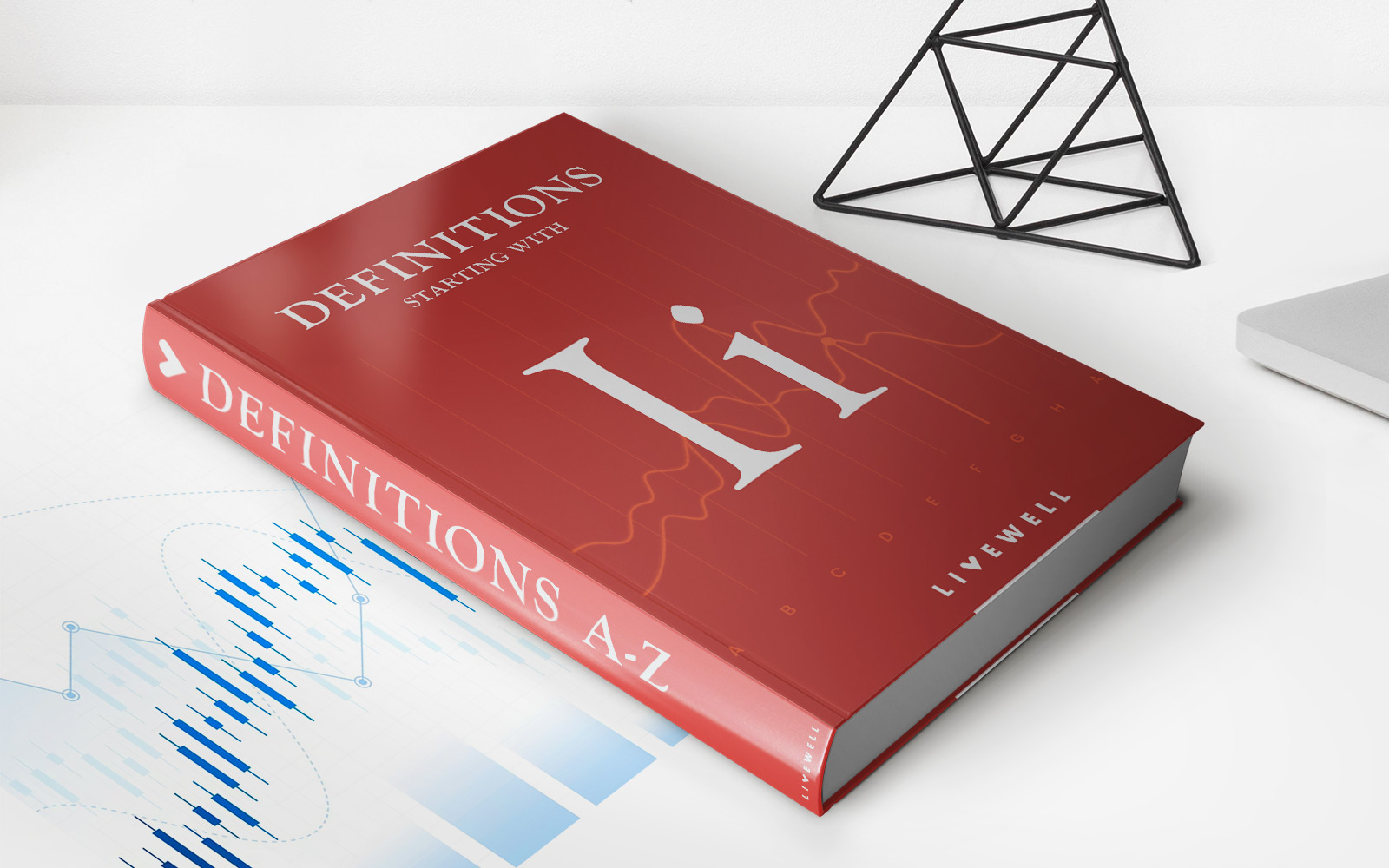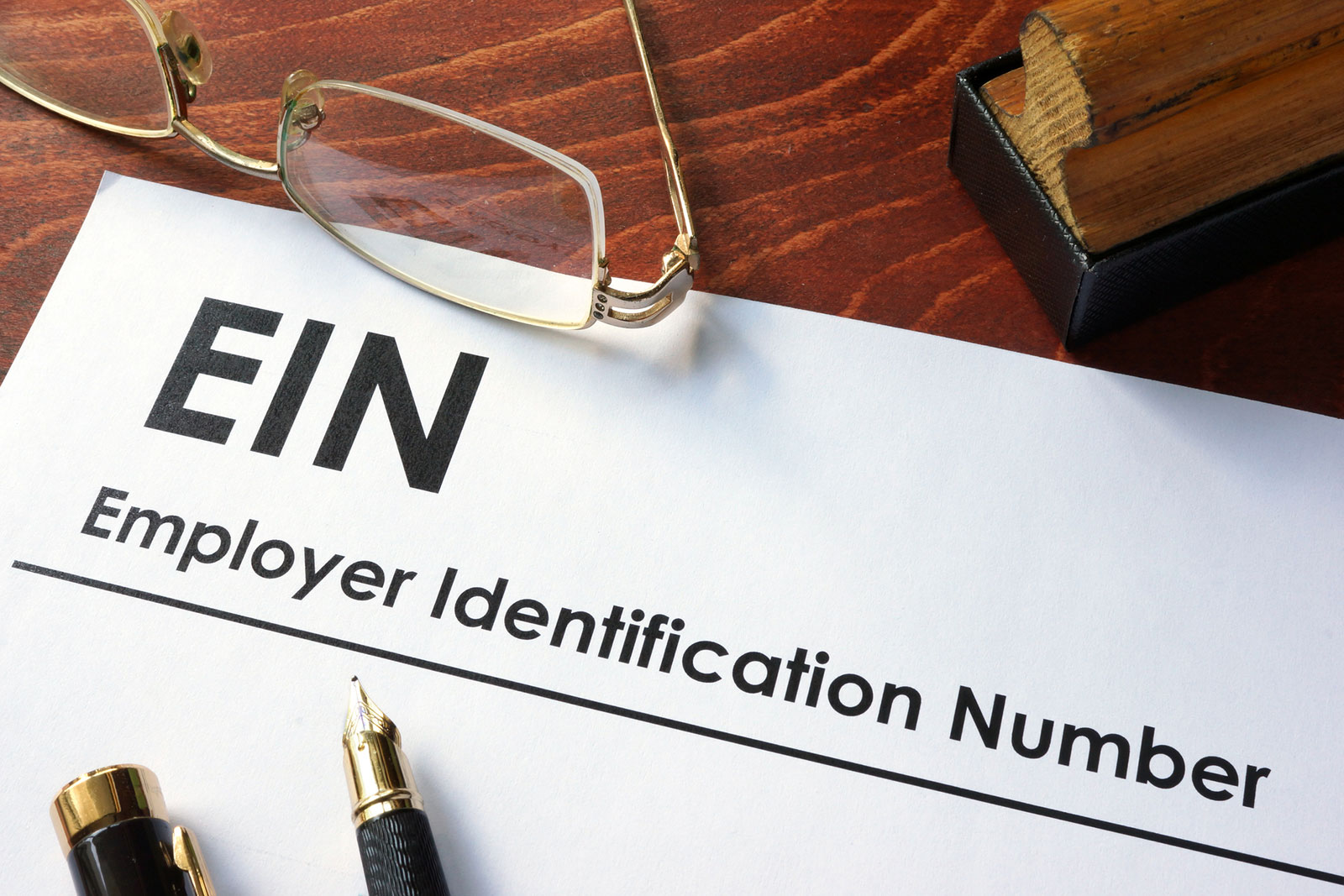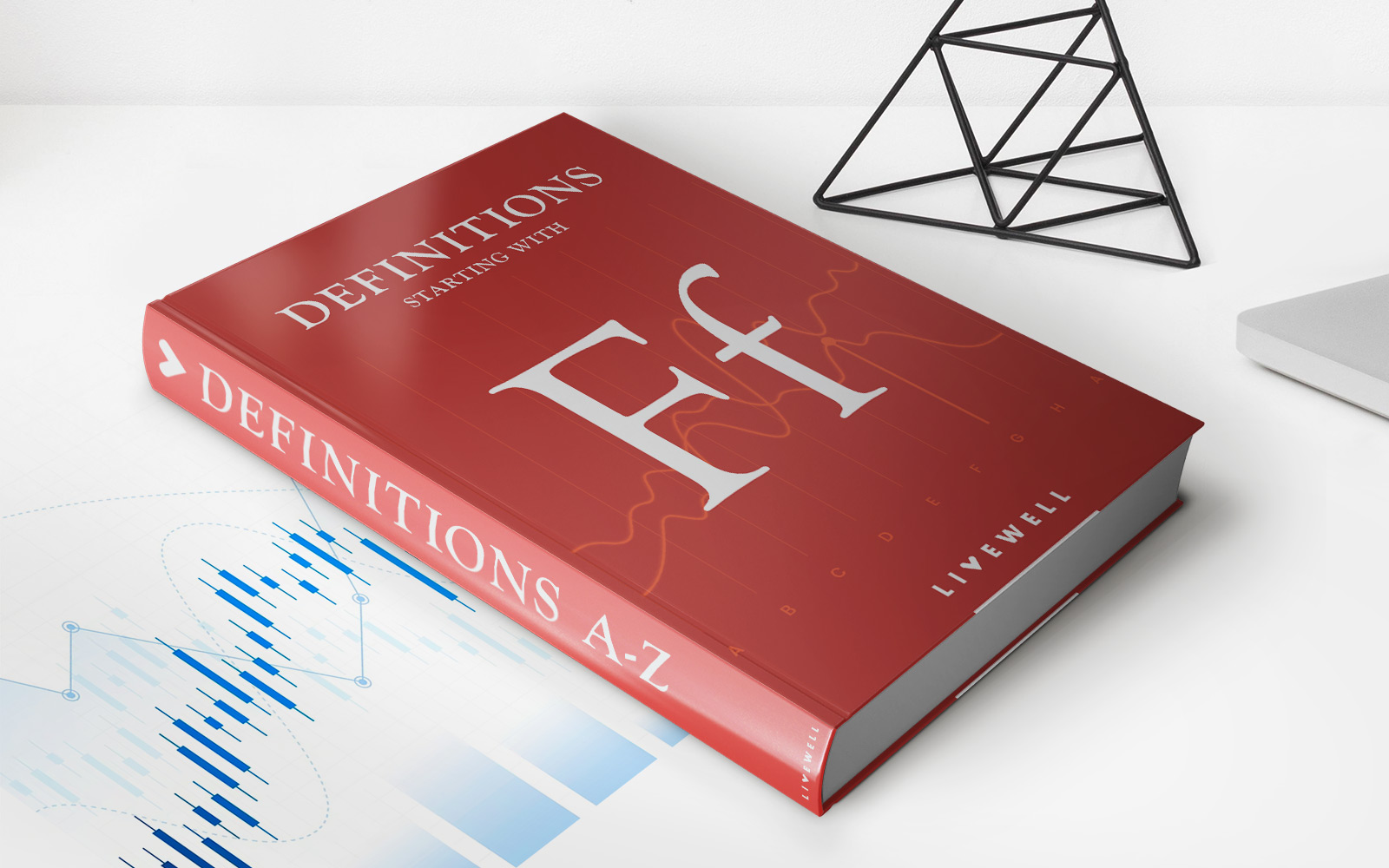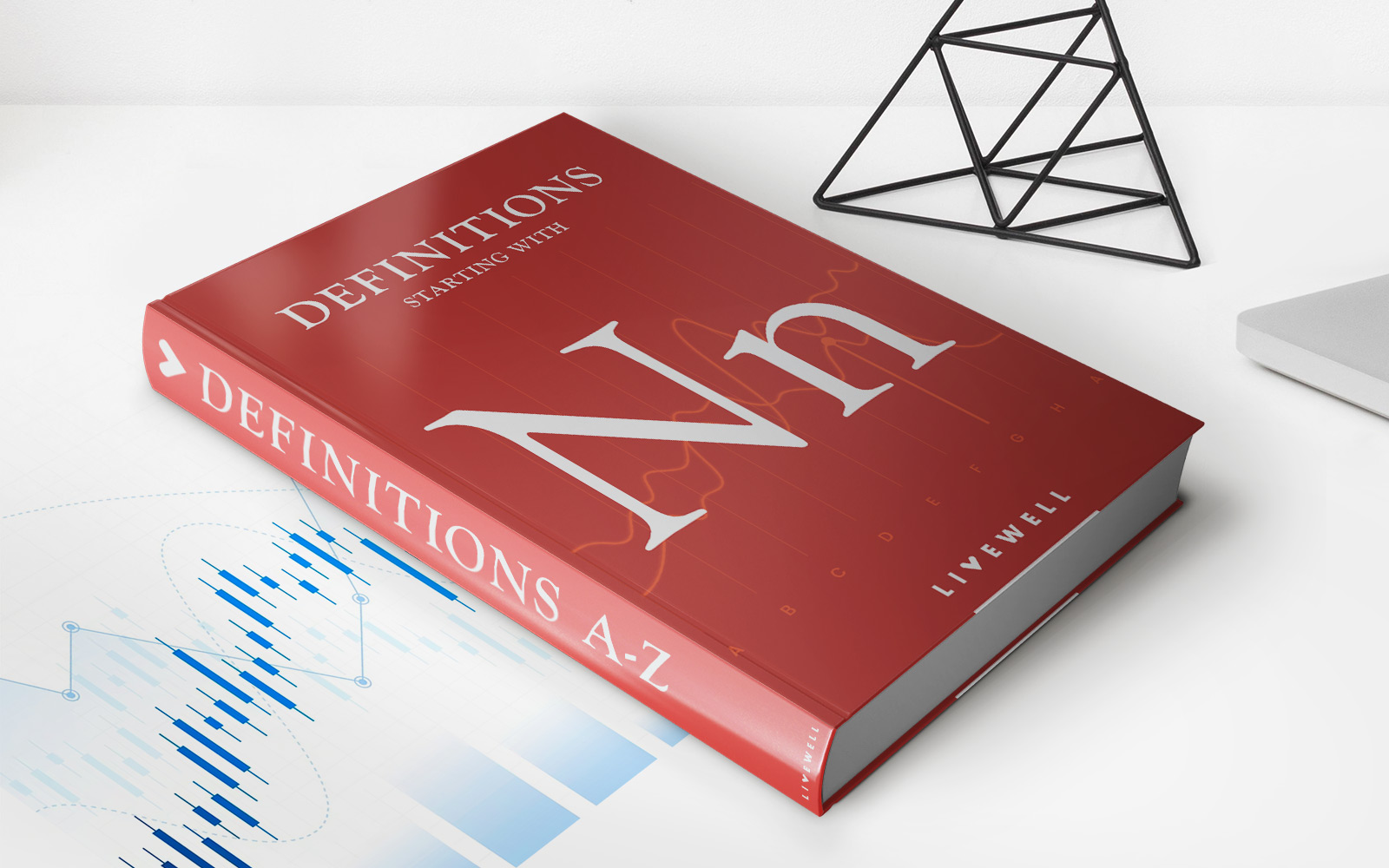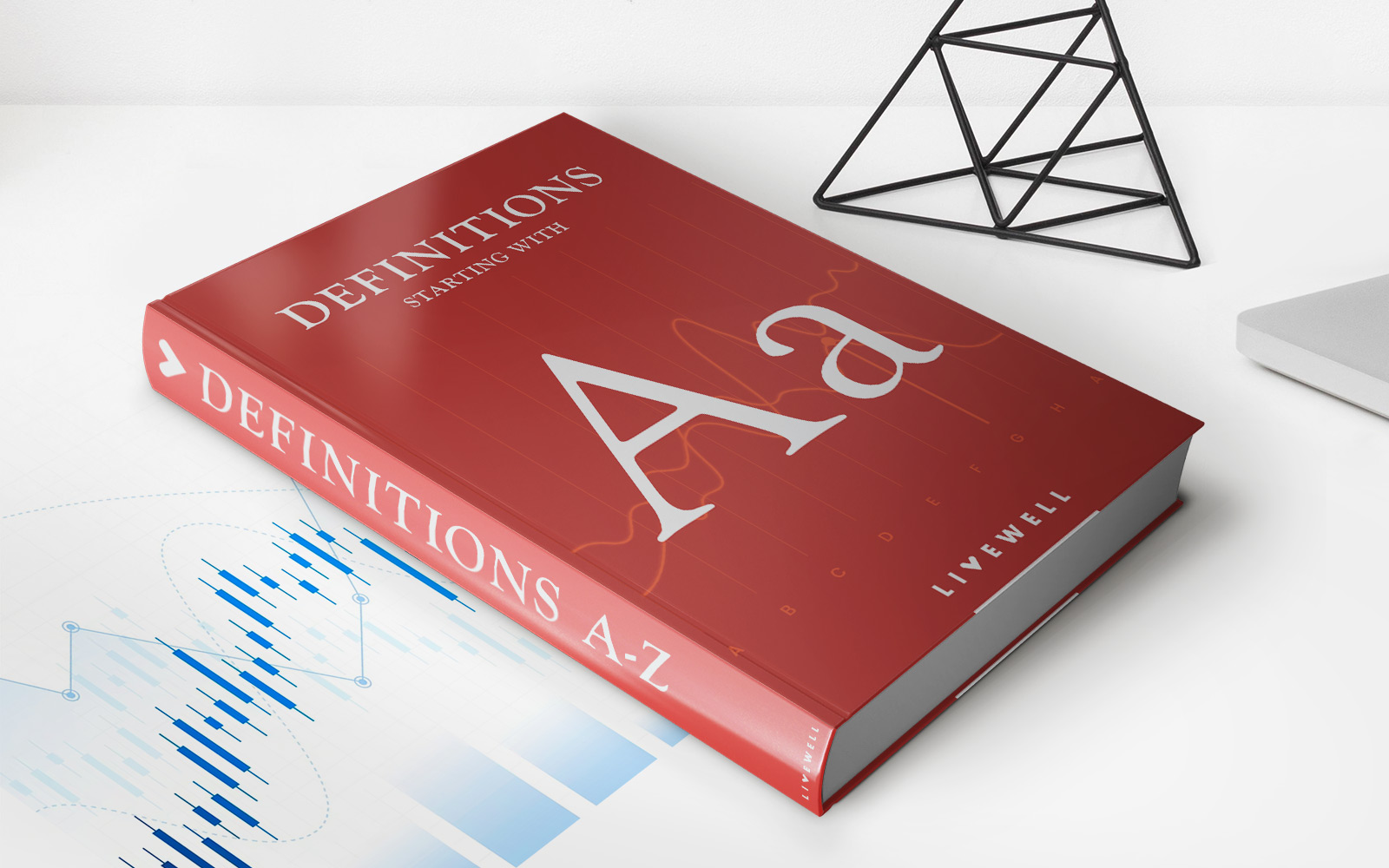

Finance
What Is Indemnification In Insurance?
Published: November 19, 2023
Understanding indemnification in insurance and its role in finance. Learn how insurance policies provide protection and financial compensation in case of loss or damage.
(Many of the links in this article redirect to a specific reviewed product. Your purchase of these products through affiliate links helps to generate commission for LiveWell, at no extra cost. Learn more)
Table of Contents
- Introduction
- Definition of Indemnification
- Importance of Indemnification in Insurance
- Types of Indemnification in Insurance
- Indemnification Process
- Key Terms Related to Indemnification
- Examples of Indemnification in Insurance
- Limitations and Exclusions in Indemnification
- Indemnification vs. Compensation
- Conclusion
Introduction
Welcome to the world of insurance, where protection and peace of mind are paramount. In the realm of insurance, there are various terms and concepts that may seem confusing at first, but are crucial to understanding the intricacies of the industry. One such concept is indemnification.
Indemnification is a fundamental principle in insurance that ensures policyholders are financially protected in the event of a loss or damage to their assets. It is a contractual obligation by the insurer to compensate the insured party for covered losses, helping them recover from unexpected events and minimize the potential impact on their finances.
Understanding how indemnification works is essential for both insurance providers and policyholders. For insurers, it ensures that they fulfill their promises to policyholders and maintain their reputation in the market. For policyholders, it provides a sense of security, knowing that they are protected against unforeseen circumstances.
Indemnification in insurance is based on the principle of restoring the insured party to the same financial position they were in before the loss occurred. This means that the insurer will compensate the insured for the actual value of the loss or damage, up to the policy limits and subject to any deductibles or exclusions mentioned in the policy.
It is important to note that indemnification is not about profiting from a loss. Insurance is designed to help policyholders recover and restore their financial position, not to provide a windfall. Therefore, the compensation provided by the insurer is aimed at covering the actual loss or damage suffered, without overcompensating the insured party.
Throughout this article, we will explore the importance of indemnification in insurance, the types of indemnification, the process involved, key terms related to indemnification, examples of indemnification in insurance, limitations and exclusions, and how indemnification differs from compensation.
Definition of Indemnification
Indemnification, in the context of insurance, refers to the process of compensating an insured party for covered losses or damages. It is a contractual arrangement wherein the insurer agrees to indemnify the policyholder by providing financial restitution for covered losses, subject to the terms and conditions of the insurance policy.
At its core, indemnification is about restoring the insured party to the same financial position they were in before the occurrence of the insured event. This means that the compensation provided by the insurer is aimed at covering the actual value of the loss or damage suffered by the policyholder.
Indemnification can apply to a wide range of insurance policies, including but not limited to property insurance, auto insurance, liability insurance, and professional liability insurance. The scope of coverage and the specific types of losses that are indemnified can vary depending on the policy and the insurance provider.
It is important to note that indemnification is not an automatic right for policyholders. The losses or damages must fall within the coverage provisions of the insurance policy to be eligible for indemnification. Additionally, most insurance policies have deductibles, which means that the insured party is responsible for paying a predetermined amount before the insurer provides indemnification.
The process of indemnification begins when an insured event occurs. Whether it is a car accident, a fire at a property, or a liability claim against a business, the policyholder must promptly notify the insurance company and provide the necessary documentation to support their claim.
The insurance company will then investigate the claim, typically through a claims adjuster, to determine the extent of the loss or damage and evaluate if it falls within the coverage parameters of the policy. If the claim is deemed valid, the insurer will initiate the indemnification process, providing the necessary funds to compensate the policyholder for their losses.
Indemnification is a crucial aspect of insurance as it ensures that policyholders are protected from financial hardships resulting from unforeseen events. It provides reassurance that in the face of a loss, they have a means to recover and restore their financial stability. Insurance policies are built on the principle of indemnification, and understanding this concept is vital for both insurers and policyholders.
Importance of Indemnification in Insurance
Indemnification plays a crucial role in the insurance industry as it ensures that policyholders are protected from the financial consequences of unexpected events. Here are some key reasons why indemnification is important in insurance:
- Financial Protection: One of the primary reasons people purchase insurance is to safeguard their financial well-being. By providing indemnification, insurance companies ensure that policyholders receive financial compensation in the event of a covered loss or damage. This protection helps policyholders recover from unexpected events and reduces the potential impact on their personal or business finances.
- Peace of Mind: Indemnification provides policyholders with peace of mind, knowing that they have a safety net in place. Whether it’s protecting a home, a vehicle, or a business, policyholders can rest assured that they have insurance coverage to help them navigate difficult situations. This peace of mind allows individuals and businesses to focus on other aspects of their lives or operations without constantly worrying about financial risks.
- Risk Management: Indemnification is a critical component of risk management. Insurance companies have the expertise and financial resources to assess and manage risks effectively. By providing indemnification, insurers enable individuals and businesses to transfer the potential financial burden of risks to the insurance company. This allows policyholders to focus on their core activities, knowing that they have mitigated the financial risks associated with unforeseen events.
- Business Continuity: For businesses, indemnification is crucial in ensuring continuity of operations. Whether it’s a natural disaster, a liability claim, or a cyber-attack, unforeseen incidents can disrupt business operations and lead to financial loss. With the proper insurance coverage and indemnification, businesses can recover quickly after a loss and resume their operations without significant financial setbacks. This enables businesses to continue serving their customers, supporting their employees, and contributing to the economy.
- Legal Requirements and Peace of Mind: In many jurisdictions, certain types of insurance coverage, such as auto insurance and workers’ compensation insurance, are legally required. Indemnification ensures that policyholders comply with these legal obligations and avoid potential penalties or legal consequences. Additionally, having the appropriate insurance coverage and indemnification provides peace of mind for individuals and businesses, knowing that they are protected and meeting their legal responsibilities.
In summary, indemnification is of paramount importance in insurance. It provides financial protection, peace of mind, effective risk management, and business continuity. Moreover, it helps individuals and businesses comply with legal requirements and focus on their core activities without constantly worrying about financial risks.
Types of Indemnification in Insurance
In the realm of insurance, there are various types of indemnification that provide different forms of coverage and compensation to policyholders. Understanding these types can help individuals and businesses choose the most suitable insurance policies for their needs. Here are some common types of indemnification in insurance:
- Property Indemnification: Property indemnification is a type of coverage that provides compensation for damage or loss to physical properties. This can include homes, buildings, personal belongings, or commercial properties. In the event of covered perils such as fire, theft, vandalism, or natural disasters, the insurer will indemnify the policyholder by providing the funds necessary to repair or replace the damaged property.
- Liability Indemnification: Liability indemnification protects policyholders from financial liability arising from third-party claims. This type of coverage is commonly found in general liability insurance, professional liability insurance, and product liability insurance. If the insured party is legally responsible for causing harm or damage to another person or their property, the insurer will indemnify the policyholder by covering the costs of legal defense and any judgments or settlements arising from the claim.
- Automobile Indemnification: Automobile indemnification, also known as auto insurance, provides coverage for losses or damages related to vehicles. This can include accidents, theft, vandalism, or damage caused by uninsured or underinsured drivers. The insurer will indemnify the policyholder by compensating for the repair or replacement costs of the damaged vehicle, medical expenses, and other covered losses.
- Health Indemnification: Health indemnification, commonly known as health insurance, is designed to cover medical expenses incurred by the insured individual or their dependents. This can include doctor’s visits, hospital stays, prescription medications, and other healthcare services. The insurer will indemnify the policyholder by paying a portion or the entirety of the covered medical expenses, subject to policy limits and deductibles.
- Business Interruption Indemnification: Business interruption indemnification provides coverage for financial losses resulting from the interruption of business operations due to unforeseen events. This can include natural disasters, fires, or other events that render the business temporarily unable to operate. The insurer will indemnify the policyholder by compensating for the lost income, ongoing expenses, and additional costs incurred during the period of interruption.
- Professional Indemnification: Professional indemnification, also known as errors and omissions insurance, provides coverage for professionals such as doctors, lawyers, accountants, and consultants. It protects against claims of negligence, errors, or omissions in the professional services provided. The insurer will indemnify the policyholder by covering the costs of legal defense, settlements, or judgments arising from professional liability claims.
It is important to note that the specific types of indemnification available may vary depending on the insurance provider and the policy terms and conditions. Understanding the different types of indemnification in insurance can help individuals and businesses make informed decisions when selecting insurance coverage that aligns with their needs and preferences.
Indemnification Process
The indemnification process is a fundamental part of the insurance industry. It outlines the steps involved in assessing and compensating policyholders for covered losses or damages. Here is an overview of the typical indemnification process:
- Loss Occurrence: The process begins when an insured event occurs. This can range from a car accident to a fire at a property or a liability claim against a business. It is crucial for policyholders to promptly notify their insurance company of the loss occurrence to initiate the indemnification process.
- Claims Notification: Policyholders are required to notify their insurance company about the loss or damage as soon as possible. The insurer will typically provide a claims department or a designated claims representative to handle the process. Policyholders need to provide relevant details, such as the date and time of the loss, a description of the incident, and any supporting documentation or evidence.
- Claim Investigation: Once the insurance company receives the claim notification, they will assign a claims adjuster to investigate the claim. The adjuster’s role is to gather information, assess the extent of the loss or damage, and determine if it falls within the coverage provisions of the policy. The adjuster may conduct interviews, review documents, and consult experts if necessary.
- Evaluation of Coverage: The claims adjuster will carefully review the insurance policy to determine the extent of coverage for the specific loss or damage. They will assess the policy limits, deductibles, exclusions, and any other relevant terms and conditions. This evaluation is crucial in determining the scope of indemnification.
- Claim Validation: If the claim is deemed valid and covered under the policy, the insurance company will initiate the indemnification process. They will inform the policyholder of the amount of compensation they are entitled to receive, based on the actual value of the loss or damage. This can involve a negotiation process between the insured party and the insurance company to reach a fair and reasonable settlement.
- Indemnification Payment: Upon reaching an agreement on the compensation amount, the insurance company will provide the necessary funds to the policyholder. This can be in the form of a monetary payment or direct payment to service providers, depending on the nature of the loss or damage. The goal is to ensure that the policyholder is adequately compensated and can initiate the process of repairing or replacing the damaged property or fulfilling other financial obligations.
- Documentation and Proof: Throughout the indemnification process, both the policyholder and the insurance company may be required to provide documentation and proof of the loss. This can include photographs, repair estimates, medical bills, or any other evidence relevant to the claim. Adequate documentation helps validate the claim and ensures a smooth indemnification process.
- Resolution and Closure: Once the indemnification payment is made, the claims process is considered resolved, and the file is closed. However, policyholders should keep a copy of the claims documentation for their records, as it may be required for future reference or audits.
It is important to remember that the indemnification process may vary slightly depending on the insurance company and the specific circumstances of the claim. However, the general steps outlined above provide a framework for understanding how the indemnification process works in insurance.
Key Terms Related to Indemnification
The world of insurance is filled with various terms and concepts that can seem complex and unfamiliar. Understanding these key terms related to indemnification is essential for navigating the insurance landscape. Here are some important terms to know:
- Policyholder: The policyholder, also known as the insured, is the individual or entity that holds an insurance policy. They are the party seeking indemnification in the event of a covered loss or damage.
- Insurer: The insurer, also known as the insurance company or carrier, is the entity that provides insurance coverage to the policyholder. They are responsible for indemnifying the policyholder for covered losses or damages based on the terms and conditions of the policy.
- Deductible: A deductible is the amount that the policyholder is responsible for paying out of pocket before the insurance coverage kicks in. It is a predetermined sum agreed upon in the insurance policy and helps prevent small or frivolous claims.
- Policy Limit: The policy limit is the maximum amount that an insurer will pay for a covered loss or damage. It represents the upper boundary of indemnification and is outlined in the insurance policy.
- Premium: The premium is the cost of the insurance policy, typically paid by the policyholder on a regular basis, such as annually or monthly. It is the fee charged by the insurer for providing coverage and indemnification.
- Coverage: Coverage refers to the specific risks and perils insured under the insurance policy. It outlines the scope of indemnification, listing the types of losses or damages that the insurer will compensate the policyholder for.
- Exclusions: Exclusions are specific situations or events that are not covered under the insurance policy. They are listed in the policy and are not eligible for indemnification. Policyholders should carefully review policy exclusions to understand the limitations of coverage.
- Subrogation: Subrogation is the right of the insurer to pursue legal action against a third party who is responsible for the losses or damages incurred by the policyholder. If the insurer indemnifies the policyholder, they may seek reimbursement or compensation from the responsible party.
- Endorsement: An endorsement, also known as a rider or a floater, is a modification or addition to an insurance policy. It can expand or restrict coverage, tailor the policy to specific needs, or address unique circumstances. Endorsements can impact the indemnification process by altering the terms or conditions of the policy.
- Utmost Good Faith: Utmost good faith is a legal principle that applies to insurance contracts. It requires both the policyholder and the insurer to act honestly and disclose all relevant information when entering into an insurance agreement. This principle ensures that both parties understand the risks involved and can accurately determine the terms of indemnification.
These key terms provide a foundation for understanding the language and concepts surrounding indemnification in insurance. Familiarizing oneself with these terms can help policyholders make informed decisions, better navigate insurance policies, and grasp the nuances of the indemnification process.
Examples of Indemnification in Insurance
Indemnification is a fundamental aspect of insurance, providing financial protection to policyholders in various situations. Here are some examples of how indemnification works in different insurance scenarios:
- Property Insurance: Let’s say a homeowner experiences a devastating fire that damages their property. If they have property insurance, the insurance company will indemnify them by covering the cost of repairs or reconstruction, up to the policy limit. The insured will receive the necessary funds to restore their home to its pre-loss condition, minimizing the financial impact of the fire.
- Auto Insurance: Suppose a driver gets into a car accident, resulting in significant damage to their vehicle. If they have auto insurance, the insurer will indemnify them by paying for the cost of repairs or providing the insured value of the vehicle if it is deemed a total loss. This compensation allows the insured to get their vehicle repaired or replaced, minimizing the out-of-pocket expenses they would otherwise incur.
- Liability Insurance: Imagine a business owner faces a lawsuit from a customer who slipped and fell on their premises, resulting in injuries. If the business owner has liability insurance, the insurer will indemnify them by providing legal defense and covering any financial settlements or judgments resulting from the claim. This indemnification can protect the business owner’s personal assets and help preserve the financial viability of the business.
- Professional Liability Insurance: Consider a scenario where a healthcare professional is sued for medical malpractice. If the professional has professional liability insurance, the insurer will indemnify them by covering legal expenses and any damages awarded to the plaintiff due to the alleged negligence. This indemnification can help the healthcare professional navigate the legal process and mitigate the financial consequences of a potentially significant claim.
- Business Interruption Insurance: Let’s say a natural disaster forces a business to temporarily cease operations. If the business has business interruption insurance, the insurer will indemnify them by compensating for the lost income and ongoing expenses during the period of interruption. This indemnification enables the business to continue covering employee salaries, rent, and other financial obligations, reducing the financial strain caused by the interruption.
These examples highlight the diverse range of situations where indemnification comes into play in the insurance industry. Whether it’s protecting property, vehicles, businesses, or professionals, indemnification helps policyholders recover financially from losses or liabilities, preserving their financial stability and providing peace of mind.
Limitations and Exclusions in Indemnification
While indemnification is a crucial aspect of insurance, it is important to understand that there are limitations and exclusions that may impact the extent of coverage and compensation provided to policyholders. Here are some key factors to consider:
- Policy Terms and Conditions: The specific terms and conditions outlined in the insurance policy determine the scope of indemnification. It is essential for policyholders to carefully review their policies to understand any limitations or exclusions that may impact their coverage. Common examples include specific exclusions for certain perils or coverage limitations for high-value items.
- Deductibles: Many insurance policies come with deductibles, which is the amount the policyholder must pay out of pocket before the insurance coverage kicks in. Deductibles serve as a cost-sharing mechanism and can be a limitation on the amount of indemnification received. For lower-value claims, the deductible may exceed the actual value of the loss, resulting in no compensation from the insurer.
- Policy Limits: Every insurance policy has coverage limits, which represent the maximum amount the insurer will indemnify for a particular loss or damage. If the value of the loss exceeds the policy limit, the policyholder may be responsible for covering the additional expenses out of pocket.
- Exclusions: Insurance policies often contain exclusions, which are specific situations or events not covered under the policy. Common exclusions include intentional acts, acts of war, certain natural disasters, or pre-existing conditions. If a loss or damage falls under an exclusion, the policyholder may not receive indemnification from the insurer.
- Waiting Periods: Some insurance policies, such as health insurance or disability insurance, have waiting periods before certain coverages become effective. During this waiting period, the policyholder may not be eligible for indemnification, even if a loss or damage occurs.
- Policy Review and Updates: Insurance policies should be reviewed periodically to ensure they still meet the needs of the policyholder. Changes in circumstances or the addition of new assets may require policy updates to guarantee adequate indemnification. Failure to update the policy may result in limitations or exclusions in coverage.
Understanding the limitations and exclusions in indemnification is crucial for policyholders. It allows individuals and businesses to make informed decisions when selecting insurance coverage, manage expectations regarding the extent of indemnification, and take appropriate steps to fill any gaps in coverage.
Policyholders should consult with insurance professionals, carefully review their policies, and seek clarification from their insurance providers if they have any concerns or questions regarding limitations and exclusions in their indemnification coverage.
Indemnification vs. Compensation
Indemnification and compensation are two key concepts that are often used interchangeably but have distinct meanings in the realm of insurance.
Indemnification refers to the process of providing financial restitution to a policyholder for covered losses or damages suffered as a result of an insured event. It is a contractual obligation by the insurer to restore the insured party to the same financial position they were in before the occurrence of the loss. The purpose of indemnification is to minimize the impact of the loss on the policyholder’s finances and facilitate their recovery from unforeseen events.
On the other hand, compensation generally refers to the act of providing monetary or non-monetary payment to an individual or entity as a result of injury, harm, or loss. While it can also be a form of financial restitution, compensation is a broader term that encompasses various forms of payment or benefits, including those provided outside of the insurance context.
One key distinction between indemnification and compensation is the underlying principle. Indemnification is based on the idea of restoring the insured party to their pre-loss financial state, without overcompensating for the loss. It aims to cover the actual value of the loss or damage suffered. Compensation, however, may include additional amounts beyond the actual value of the loss, such as punitive damages or pain and suffering.
In the insurance context, indemnification is specific to the policy coverage and terms outlined in the insurance policy. It is subject to policy limits, deductibles, and exclusions. Compensation, on the other hand, can extend beyond insurance coverage and may involve legal actions, settlements, or judgments that result in financial restitution.
While indemnification is closely tied to insurance contracts and the fulfillment of policy obligations, compensation can arise from various sources, such as legal liability, government programs, or private settlements.
It’s important to note that there may be situations where policyholders are entitled to both indemnification from their insurance company and compensation from a liable third party. For example, if a car accident occurs due to the negligence of another driver, the policyholder’s auto insurance may provide indemnification for vehicle repairs, while the at-fault driver may be liable for compensating the policyholder for medical expenses, pain and suffering, or other damages resulting from the accident.
Overall, while both indemnification and compensation involve financial restitution, the key difference lies in their underlying principles and the specific contexts in which they are applied. Understanding these distinctions is crucial for individuals and businesses when navigating insurance claims, legal proceedings, and other situations where financial restitution may be sought.
Conclusion
Indemnification is a fundamental concept in the world of insurance that ensures policyholders are protected from the financial impact of unexpected events. Through indemnification, insurance companies provide financial restitution to policyholders for covered losses or damages, aiming to restore them to their pre-loss financial state.
We have explored the importance of indemnification, which includes providing financial protection, peace of mind, effective risk management, and business continuity. Indemnification allows individuals and businesses to navigate uncertain situations knowing that they have a safety net to rely on.
Understanding the different types of indemnification in insurance, such as property, liability, auto, health, and business interruption, is crucial for selecting appropriate insurance coverage based on specific needs and circumstances.
However, it is important to recognize that indemnification has its limitations and exclusions. Policyholders must carefully review their insurance policies to understand the terms, conditions, deductibles, policy limits, and exclusions that may impact the extent of their indemnification coverage.
Indemnification should not be confused with compensation, as they have distinct meanings. While indemnification focuses on restoring the insured’s financial position after a loss, compensation encompasses a broader range of payments, including non-insurance related sources.
In conclusion, indemnification is a vital aspect of insurance that provides individuals and businesses with the financial protection and peace of mind needed to navigate life’s uncertainties. By understanding the principles, types, process, and limitations of indemnification, policyholders can make informed decisions, manage their risks, and secure their financial future.
Whether it’s protecting property, vehicles, businesses, or professionals, indemnification remains at the core of insurance, providing a vital safety net for policyholders in times of need.




